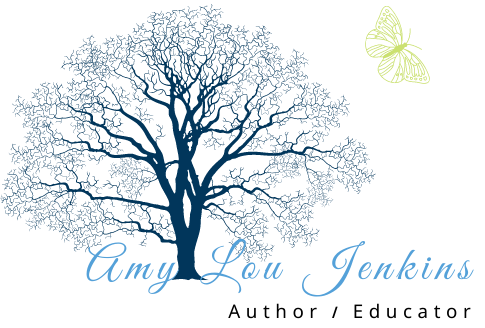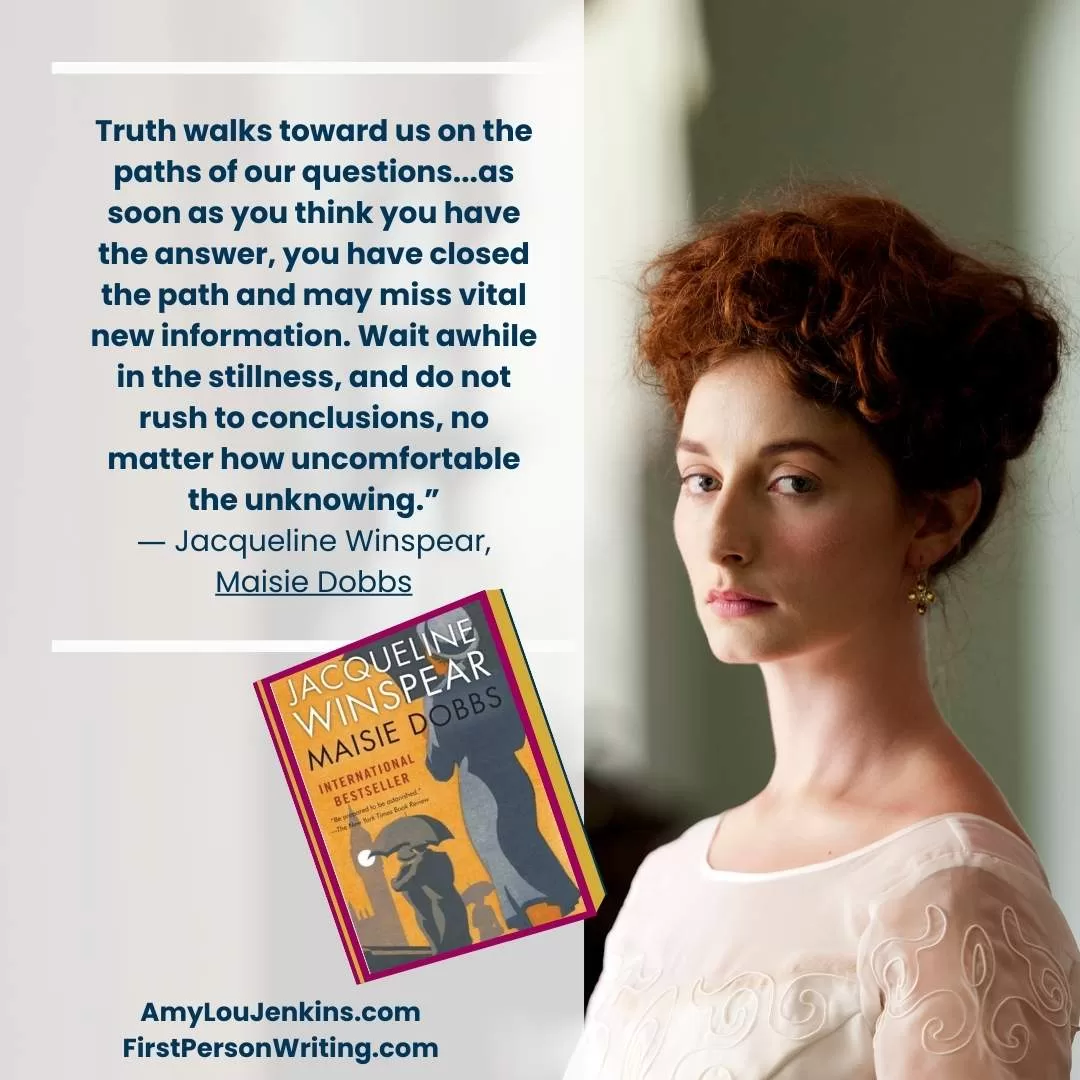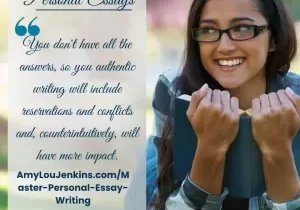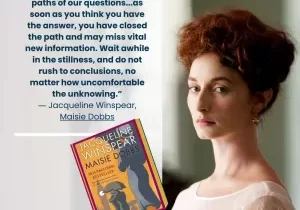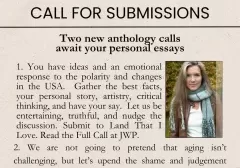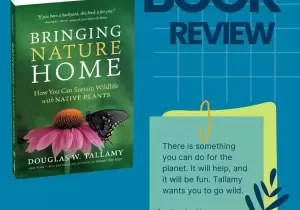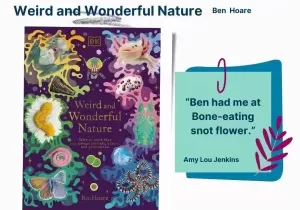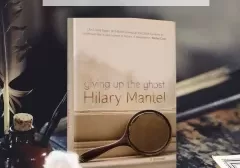
Maisie Dobbs: A Mystery Book as a Literary Mentor Text
"Maisie Dobbs" and Learning Through Reading Outside Your Genre (Transcripted Article)
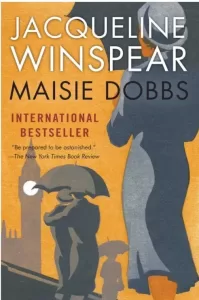
While there are lots of genres and subgenres’ , each offering its own unique allure and opportunities for storytelling, In most MFA programs, they stick to the classic forms. They tend not to think of mystery, comedy, or even found poetry as real literature. And in the interest of what there is time to cover, reading the literary cannon of great’s may be wise because every curriculum would be incomplete.
Yet, a writer never stops reading and learning, so there’s time to dip in and learn from subgenres. As writers, we often find comfort in familiar territories, but there's something transformative about venturing beyond our usual confines. Join me on a journey as we delve into the enriching experience of reading outside our nonfiction genre, using Jacqueline Winspear's "Maisie Dobbs" as our focus.
Embracing the Challenge:
As a writer, stepping outside our comfort zone can be daunting. In the realm of creative expression, we have a finite reserve of emotional energy to invest. However, branching out allows us to connect with our audience in new and dynamic ways, transcending the limitations of our preferred mediums.
Discovering New Perspectives:
Reading outside your genre opens doors to a multitude of perspectives and writing styles. Whether you're drawn to narrative nonfiction, like myself, or exploring the intricacies of mystery fiction, there's wisdom to be gleaned from every well-written narrative journey.
Unveiling the Writing Chops of "Maisie Dobbs":
Jacqueline Winspear's "Maisie Dobbs" serves as an example of the transformative power of storytelling. Set against the backdrop of post-World War I England, the series intricately weaves together elements of mystery, history, and personal narrative to create a captivating tapestry of intrigue.
The Importance of Setting:
One of the most captivating aspects of "Maisie Dobbs" is its vivid portrayal of time and place. Winspear effortlessly transports readers to the streets of London, immersing them in the sights, sounds, and emotions of a bygone era. Through her meticulous attention to detail, she breathes life into each setting, infusing the narrative with a sense of authenticity and depth.
Characterization and Voice:
Winspear's skillful characterization brings the inhabitants of her world to life, imbuing them with unique voices and personalities. From Maisie Dobbs herself to the myriad supporting characters, each individual is rendered with depth and complexity, adding layers of intrigue to the overarching narrative. No two characters have the same way of speaking.
Mastering Narrative Technique:
Through her deft use of third-person narration, Winspear creates an intimate and immersive reading experience. While first-person narration often dominates the realm of personal storytelling, "Maisie Dobbs" demonstrates the power of a well-executed third-person perspective in conveying depth and emotion.
Weaving the Threads of Past and Present:
In "Maisie Dobbs," Winspear skillfully interweaves past and present narratives to create a rich tapestry of interconnected events and emotions. While the plot advances, the backstory both satisfies the readers desire to understand the protagonist and raises more questions to build momentum. By strategically giving and withholding information, she keeps readers eagerly turning the pages, creating a sense of momentum and anticipation. This technique of multiple threads pulling the reader forward is not only effective in fiction but also invaluable in nonfiction storytelling, where the art of narrative manipulation can elevate a piece from mere recollection to a compelling and immersive experience.
The journey of reading outside our genre offers a wealth of insights and inspiration for writers of all stripes. Whether it's delving into the mysteries of "Maisie Dobbs" or exploring new narrative landscapes, the rewards are boundless. So, let us embrace the challenge, broaden our horizons, and embark on a literary adventure beyond our wildest imaginings.
List of Genres
Here's a list of major genres of writing along with some of their common sub-genres:
- Fiction:
- Literary Fiction
- Historical Fiction
- Science Fiction (Sci-Fi)
- Fantasy
- Mystery
- Thriller
- Romance
- Horror
- Adventure
- Crime
- Western
- Young Adult (YA)
- Children's Literature
- Nonfiction:
- Memoir
- Biography
- Autobiography
- Essay
- Journalism
- True Crime
- Self-Help
- Travel Writing
- History
- Science Writing
- Philosophy
- Politics
- Psychology
- Business and Finance
- Health and Wellness
- Poetry:
- Sonnet
- Haiku
- Free Verse
- Ballad
- Epic Poetry
- Limerick
- Narrative Poetry
- Lyric Poetry
- Concrete Poetry
- Ode
- Drama:
- Tragedy
- Comedy
- Farce
- Melodrama
- Musical Theatre
- Absurdist Theatre
- Historical Drama
- Realistic Drama
- Experimental Theatre
- Screenwriting:
- Feature Film
- Television Series
- Short Film
- Documentary
- Animation
- Web Series
- Creative Nonfiction:
- Personal Essay
- Literary Journalism
- Nature Writing
- Travelogue
- Memoir
- Autobiographical Fiction
- Technical Writing:
- Manuals and Guides
- Reports
- Proposals
- Scientific Papers
- Instructional Materials
- Business Correspondence
- Academic Writing
- Playwriting:
- One-Act Play
- Full-Length Play
- Monologue
- Dialogue
- Improvisational Theatre
- Reader's Theatre
- Satire:
- Political Satire
- Social Satire
- Parody
- Satirical Fiction
- Satirical Poetry
- Experimental Writing:
- Stream of Consciousness
- Cut-Up Technique
- Collage
- Oulipo (Ouvroir de littérature potentielle)
- Visual Poetry
- Found Poetry
These are just a few examples, as there are countless variations and combinations within each genre.
